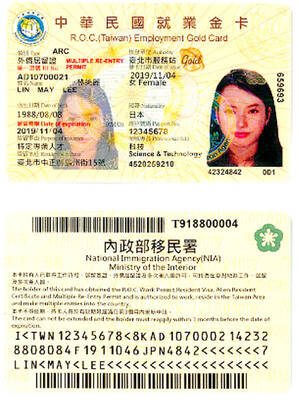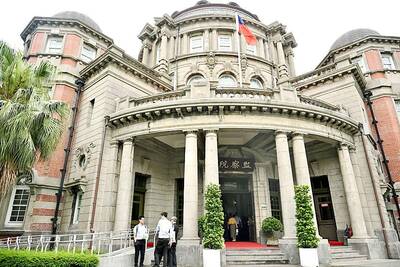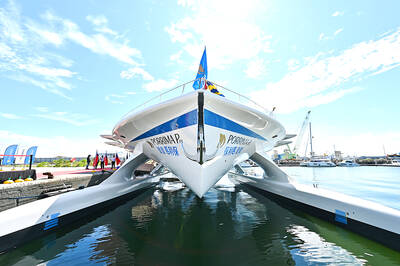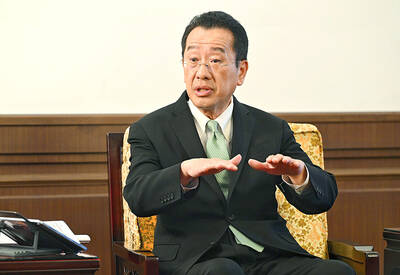The South Korean subsidiary of US auto giant General Motors yesterday showcased its first hybrid sports utility vehicle, the S3X, which will hit the market from 2006.
GM Daewoo, launched in 2002 after GM took over Daewoo Motor, said the new vehicle will offer improved fuel economy especially in stop-and-go driving conditions by shutting the engine off at idle.
GM Daewoo said the S3X reflects its hybrid strategy focusing on larger and heavier vehicles such as SUVs, buses and trucks because hybrid systems are more efficient in larger vehicles.
"With the S3X hybrid car, we want the people of Korea to see and experience GM Daewoo's ability to develop hybrid systems," said Ki-Joon Yu, a vice president in charge of product engineering.
The US auto giant plans to sell pickups and SUVs with the new version of its hybrid system, which improves fuel economy by up to 35 percent, in the US in 2007, GM Daewoo officials said.
Fuel cell car
Along with the hybrid show car, GM put on display its "Hy-Wire" concept car, powered by hydrogen-based fuel cells. It has no pedals or conventional dashboard, with all functions combined in a single control unit that can be activated by hand and shifted easily, it said.
GM has been a leader in the development of fuel cell technology since it produced the world's first operational fuel cell vehicle in 1968.
The recent surge in world crude oil prices to over US$50 a barrel also drew efforts from automobile industry to develop "clean vehicles" in China.
The hydrogen peroxide-fueled Habo No. 1 was one of 150 experimental and advanced-technology vehicles on display at the Challenge Bibendum, an exhibition of eco-friendly cars named for sponsor Michelin's puffy mascot.
Even as booming demand has turned it into the world's fastest-growing car market, China is pushing to develop alternative fuels. Foreign automakers are preparing to test cars and buses powered by fuel cells and gasoline-electric hybrid engines.
"Using conventional internal combustion engine technology alone will be a source of huge pressure in terms of energy security and environmental protection in China," Wan Gang, president of Shanghai's Tongji University, which has its own automotive studies institute, told participants in the Challenge Bibendum, held at a new Formula One track outside Shanghai.
Rocket technology
The vehicles displayed in Anting run on electric motors, gasoline-electric hybrid engines, fuel cells and other technologies meant to cut pollution and boost fuel efficiency.
"This car only emits water vapor and oxygen," said He Limei, project director for Shanghai Habo Chemical Technology Co, which developed the Habo No. 1. "It uses rocket technology."
Hydrogen peroxide reacts with silver to produce oxygen and heat that can be used to propel a rocket, or a car.
But He admitted the Habo needs a bit more work: the equipment required to run it fills the entire back seat and trunk.
"We only had three months to develop this," she said. "It's somewhat lacking aesthetically."
The Chinese government began looking at alternative fuels in the 1980s and is promoting diesel and fuels made of locally abundant materials.
Despite scant progress in putting any domestically developed alternative fuel technologies into commercial use, 43 Chinese-developed vehicles -- 20 of them two-wheelers -- were among the models displayed by both local and foreign automakers at the Bibendum.

GAINING STEAM: The scheme initially failed to gather much attention, with only 188 cards issued in its first year, but gained popularity amid the COVID-19 pandemic Applications for the Employment Gold Card have increased in the past few years, with the card having been issued to a total of 13,191 people from 101 countries since its introduction in 2018, the National Development Council (NDC) said yesterday. Those who have received the card have included celebrities, such as former NBA star Dwight Howard and Australian-South Korean cheerleader Dahye Lee, the NDC said. The four-in-one Employment Gold Card combines a work permit, resident visa, Alien Resident Certificate (ARC) and re-entry permit. It was first introduced in February 2018 through the Act Governing Recruitment and Employment of Foreign Professionals (外國專業人才延攬及雇用法),

WARNING: From Jan. 1 last year to the end of last month, 89 Taiwanese have gone missing or been detained in China, the MAC said, urging people to carefully consider travel to China Lax enforcement had made virtually moot regulations banning civil servants from making unauthorized visits to China, the Control Yuan said yesterday. Several agencies allowed personnel to travel to China after they submitted explanations for the trip written using artificial intelligence or provided no reason at all, the Control Yuan said in a statement, following an investigation headed by Control Yuan member Lin Wen-cheng (林文程). The probe identified 318 civil servants who traveled to China without permission in the past 10 years, but the true number could be close to 1,000, the Control Yuan said. The public employees investigated were not engaged in national

The zero emissions ship Porrima P111 was launched yesterday in Kaohsiung, showcasing the nation’s advancement in green technology, city Mayor Chen Chi-mai (陳其邁) said. The nation last year acquired the Swiss-owned vessel, formerly known as Turanor PlanetSolar, in a bid to boost Taiwan’s technology sector, as well as ecotourism in Palau, Chen said at the ship’s launch ceremony at Singda Harbor. Palauan President Surangel Whipps Jr and Minister of Foreign Affairs Lin Chia-lung (林佳龍) also attended the event. The original vessel was the first solar-powered ship to circumnavigate the globe in a voyage from 2010 to 2012. Taiwan-based Porrima Inc (保利馬) installed upgrades with

ENHANCE DETERRENCE: Taiwan has to display ‘fierce resolve’ to defend itself for China to understand that the costs of war outweigh potential gains, Koo said Taiwan’s armed forces must reach a high level of combat readiness by 2027 to effectively deter a potential Chinese invasion, Minister of National Defense Wellington Koo (顧立雄) said in an interview with the Chinese-language Liberty Times (sister newspaper of the Taipei Times) published yesterday. His comments came three days after US Secretary of State Marco Rubio told the US Senate that deterring a Chinese attack on Taiwan requires making a conflict “cost more than what it’s worth.” Rubio made the remarks in response to a question about US policy on Taiwan’s defense from Republican Senator John Cornyn, who said that Chinese